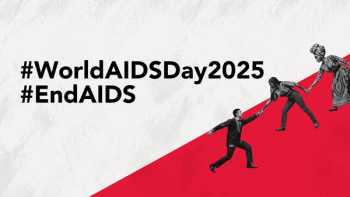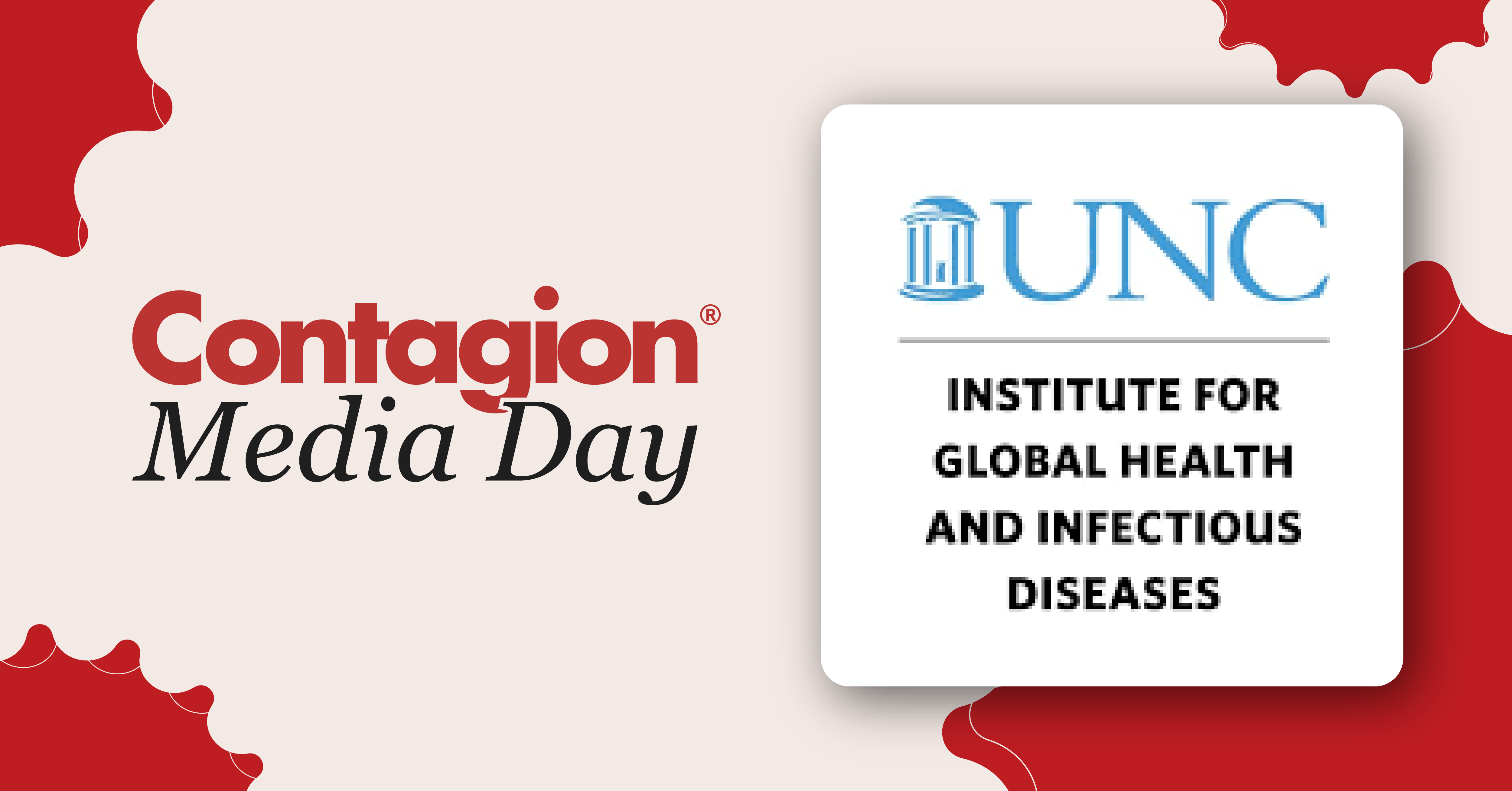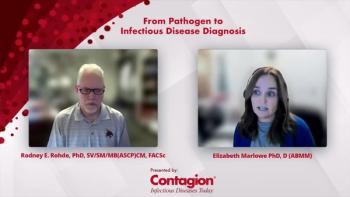
Biopreparedness Exercises Look to Contain High-Consequence Infectious Disease Outbreaks

Leaders from the UNC Special Pathogens Response Center discuss how they plan and carry out biopreparedness trainings to address transport and care of patients with high-consequence infectious diseases, such as Ebola or Lassa fever.
We are continuing our new series, Media Day, spotlighting individual medical institutions and infectious disease (ID) programs. Today, we spotlight the University of North Carolina (UNC)’s Institute for Global Health and Infectious Diseases (IGHID).
UNC’s Special Pathogens Response Center (SPARC) is one of 13 centers across the US responsible for building regional preparedness. This means these special centers interact and coordinate training with other health care facilities, such as local and regional hospitals, to aid them in dealing with individuals with high-consequence ID (HCID).
“While there is not a standardized definition for [HCIDs] or special pathogens, expert consensus defines these as novel or reemerging infectious agents that are easily transmitted from person to person, have limited or no medical countermeasures (such as an effective vaccine or prophylaxis), have a high mortality, require prompt identification and implementation of infection control activities—for example, isolation, special personal protective equipment—and require rapid notification to public health authorities and special action,” said William A. Fischer II, MD, director of emerging pathogens at IGHID.1 Examples of these would be Ebola virus, SARS-CoV-2, and Middle East respiratory syndrome coronavirus.
“We lead regional trainings to better prepare other health care facilities, because we're trying to make sure that anywhere a patient can present, they are prepared to identify and initiate safe delivery of care and then transfer that individual to a regional treatment center,” Fischer said.
Part of the training is to ensure any necessary quarantining of individuals is done in a way that minimizes the risk to the greater public. To prepare for big events such as the FIFA World Cup in the US next year, national readiness exercises have been conducted this summer for HCID threats.2 These exercises have been named
In June, UNC's Medical Center SPARC team participated in Tranquil Passport, and conducted a test using a mannequin that was supposed to have a HCID. This training exercise focused on "interdisciplinary coordination among pediatric specialists, infectious disease experts, and transport teams. The simulation also included a mock surgical procedure within the biocontainment unit, allowing the team to exercise infection control, communication, and clinical workflows required to safely perform emergency interventions in a high-risk environment."2 (See images below.)
"The country is in much better shape right now than they were before we did this exercise, because now a lot of us in this country know how to handle this much better," said David Wohl, MD, professor of medicine in the Division of Infectious Diseases at UNC.
As individuals with HCID will not know about these special pathogen centers, these trainings between the centers and the regional hospitals are critical, explained Wohl.
“We really have to prepare this network of regional hospitals,” Wohl said. “One thing that's really important to understand is infectious diseases that are emerging and reemerging are becoming much more common and frequent—and they're becoming bigger in scope.”
He referenced the West Africa Ebola outbreak of 2014 to 2016 that infected over 28,000 people with the deadly disease.3 Wohl said this is massive compared with previous large outbreaks, which were thought of in terms of 100 to 200 people being infected.
As part of their experience, both Fischer and Wohl have been in hot zones in Africa treating patients who have had Ebola and Lassa fever. They have set up field treatment units during outbreak settings to isolate and care for patients. Their work in Liberia has directly informed emerging pathogen response and preparedness in North Carolina. (Contagion will cover their work in Africa in a future episode.)
Although Ebola has not had an impact in the US, Wohl used mpox as an example that has seen outbreaks in the US in recent years.
Fischer said the concept of specialized medical centers is not a new one.
“These centers of specialization…parallel what's been done for trauma. They parallel what's been done for sepsis, what's been done for ARDS [acute respiratory distress syndrome],” Fischer said. “If you can develop expertise at specific centers and then educate and increase awareness among all providers, we can then identify individuals who might have a special pathogen, get them to the center of specialty where that specialized care can be provided, and we know that model works.”
In the next episode, Ben Smith, MD, discusses logistical and safety challenges in preparing for the transport of patients with HCID from outside facilities to UNC.
References
1. What are the key points to understand when defining processes that support preparedness for high-consequence infectious diseases or special pathogens? Joint Commission. Accessed August 27, 2025. https://www.jointcommission.org/en-us/knowledge-library/support-center/standards-interpretation/standards-faqs/000002503
2. Tranquil Passport: testing the nation’s special pathogen readiness ahead of the FIFA World Cup. National Emerging Special Pathogens Training & Education Center. July 2, 2025. Accessed August 26, 2025. https://netec.org/2025/07/02/tranquil-passport-testing-the-nations-special-pathogen-readiness-ahead-of-the-fifa-world-cup/
3. Ebola outbreak 2014-2016. World Health Organization. Accessed August 26, 2025. https://www.who.int/emergencies/situations/ebola-outbreak-2014-2016-West-Africa
Newsletter
Stay ahead of emerging infectious disease threats with expert insights and breaking research. Subscribe now to get updates delivered straight to your inbox.

















































































































































































































































































